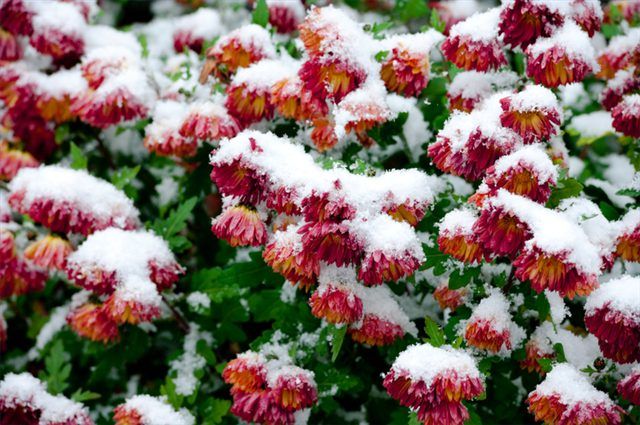Bulbs
Flower Basics
Flower Beds & Specialty Gardens
Flower Garden
Garden Furniture
Garden Gnomes
Garden Seeds
Garden Sheds
Garden Statues
Garden Tools & Supplies
Gardening Basics
Green & Organic
Groundcovers & Vines
Growing Annuals
Growing Basil
Growing Beans
Growing Berries
Growing Blueberries
Growing Cactus
Growing Corn
Growing Cotton
Growing Edibles
Growing Flowers
Growing Garlic
Growing Grapes
Growing Grass
Growing Herbs
Growing Jasmine
Growing Mint
Growing Mushrooms
Orchids
Growing Peanuts
Growing Perennials
Growing Plants
Growing Rosemary
Growing Roses
Growing Strawberries
Growing Sunflowers
Growing Thyme
Growing Tomatoes
Growing Tulips
Growing Vegetables
Herb Basics
Herb Garden
Indoor Growing
Landscaping Basics
Landscaping Patios
Landscaping Plants
Landscaping Shrubs
Landscaping Trees
Landscaping Walks & Pathways
Lawn Basics
Lawn Maintenance
Lawn Mowers
Lawn Ornaments
Lawn Planting
Lawn Tools
Outdoor Growing
Overall Landscape Planning
Pests, Weeds & Problems
Plant Basics
Rock Garden
Rose Garden
Shrubs
Soil
Specialty Gardens
Trees
Vegetable Garden
Yard Maintenance
How to Heat Outdoor Plants in Winter
How to Heat Outdoor Plants in Winter. Most outdoor plants, whether potted or in the ground, need to be protected from frost and cold. Frost can quickly kill certain plants, young saplings, herbs and vegetables. If frost is predicted, there are ways to protect your plants, from bringing the potted plants inside to warming them with space heaters...

Most outdoor plants, whether potted or in the ground, need to be protected from frost and cold. Frost can quickly kill certain plants, young saplings, herbs and vegetables. If frost is predicted, there are ways to protect your plants, from bringing the potted plants inside to warming them with space heaters when necessary.
Things You'll Need
Newspaper
Canvas material
Blankets or sheets
Christmas lights
Space heaters
Mulch or straw
Bubble wrap
Layer about two inches of mulch or straw around the base of plants about halfway through the fall season. This will keep the soil warm.
Wrap potted plants with bubble wrap or other material, such as newspaper, as insulation. Group pots together and wrap the bubble wrap around the group, protecting them from cold winds.
Protect vines on walls or a trellis with large sheets of canvas. Pin the material above the fence or trellis and pin it down the sides to cover the vines or climbing plants completely.
Cover delicate plants like herbs, fruits, young plants and vegetables with sheets or newspaper. Cover the plant, then tuck the sheet under the plant on the ground, protecting from cold winds, rain or snow.
Warm small trees or shrubs with strings of Christmas lights. Use small lights for smaller plants, and larger bulbs for more hardy or bushy plants. Wrap the light strands up the trees, covering it so the heat is equally distributed.
Use portable heaters, electric or gas, to heat large areas or plants. Make sure that the heater isn't so close that it burns the plant. Keep heaters at least three to four feet away from plants.